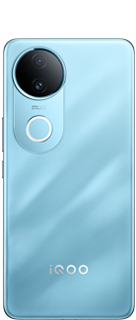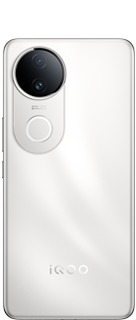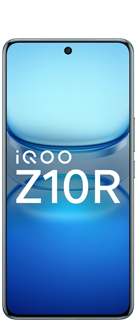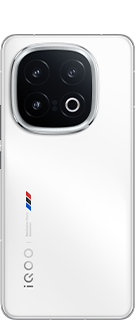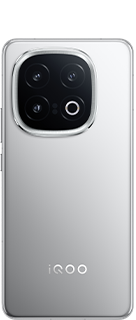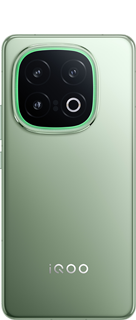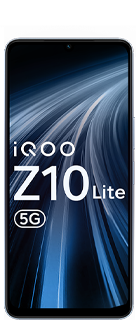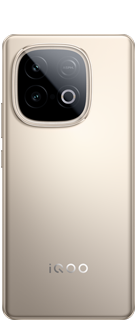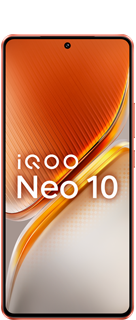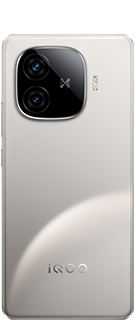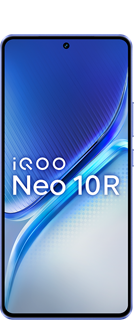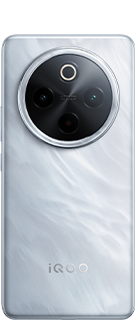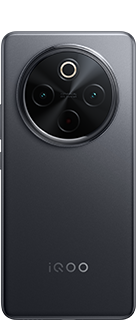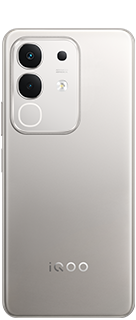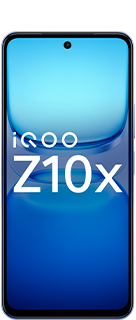Behind the Speed: How RAM Innovations Power Our Technological Future
We have seen great technological development in the recent past. If you look closely, development in various fields always occur in harmony. One technology usually does not overshoot the others by a considerable margin. In today's world technologies are so interconnected that advancement in one technology provides for growth in other technologies. Let’s explore this idea while considering growth in RAM technology and how it has enabled other technologies to pace growth accordingly.
RAM is always associated with speed and data rate or the amount of data transfers it can handle. It may be confusing to see manufacturers expressing the speed of RAM in different terminologies, e.g. MHz (Mega Hertz), MT/s (Mega Transfers/Second) or Gbps (Gigabits/second).
The most commonly used Hz (Hertz) refers to the number of operations per second and in this case, it indicates the number of clock cycles per second. Without going into details, to have a basic understanding look at the image of a signal below representing the clock cycle –

It has two voltage levels; the lower one represents 0 and the upper one represents 1. Most of us know that a computer understands only these 0s and 1s (binary). Our inputs are converted into 0s and 1s, processed and converted into output we understand. 1Hz means 1 clock cycle performed in one second or a transistor can change its state from 0 to 1 or from 1 to 0 (on-off cycle) once in 1 second. Therefore 1 GHz (Giga = 1000,000,000) represents 1,000,000,000 cycles performed in 1 second.
Earlier when the SDRAM (synchronous dynamic random-access memory) was first introduced, the speed was specified in MHz which also represented the data rate as in each clock cycle only one bit of data was processed but with the advent of DDR (Double data rate) RAM this is not the case anymore. In case of DDR RAM, data transfer can happen at both the falling edge (transistor changes its state from 1 to 0) and the rising edge (transistor changes its state from 0 to 1) enabling it to transfer twice the amount of data against the same clock frequency that was possible earlier.
So, expressing RAM speed in MHz will not speak of its true data transfer rates. Instead, most manufacturers tend to express RAM speed in MT/s (Mega transfers/second) which accurately represents its data rate and is usually two times the frequency. So, a RAM component rated at 5600 MT/s operates at 2800 MHz frequency (as each memory module can transfer 2800 x 2 x 106 bytes = 5600 Megabytes of data per second). If we look at a RAM stick of our computer, we usually see 8 memory modules/ICs (see reference picture below), so if we talk about the data bandwidth (maximum data transfer capability) of the RAM it will be = 8 x 5600 MB/s = 44,800 MB/s or 43.75 Gigabytes/second.

But expressing RAM speed MHz is still a common notion among the people so many shopping sites and also some manufacturers display RAM speed in MHz but the number they use is of MT/s which means a 5600 MT/s rated RAM can be seen in various sites labeled as 5600 MHz RAM although its actual operating frequency is 2800 MHz.
If we move into LP (Low Power) DDR RAM generally used in portable devices consuming very low power like mobiles, we see manufacturers using Gbps (Gigabits per second) to express RAM speed and not in MT/s as the MT/s value is comparatively low for such RAM and will look bad in marketing.

Two tricks are used here to give you a bigger number
- Use of Gbps instead of GBps (bits instead of bytes). 1 byte = 8bit, so an LPDDR5X RAM rated at 9.6 Gigabits per second is equivalent to 9.6/8 = 1.2 Gigabyte per second. The same trick is famously used by every broadband service provider as they use Mbps(Megabits per second) or Gbps to advertise their network speed and not in MBps or GBps.
- As you can see, a 5600 MT/s rated RAM with 8 ICs translates in to 43.75 GBps or 43.75 x 8 = 350 Gbps. A LPDDR5X RAM (the fastest) is rated at only 9.6 Gbps, so MT/s as expected would be a small number.
Though the number for LPDDR RAM seems small but it is a huge number in terms of number of bits (0s and 1s) of data transferred which is of the order of 1 followed by nine zeros. With increase in the amount of data readily available to be processed by the CPU the capability of our mobile phones has increased by many folds.
Imagine a day of life in an unknown location without the assistance of live turn-by-turn navigation. This became possible only with DDR3 RAM which gave a data rate of 2.133 Gbps required for such task happening live on a mobile device. See the chart below to realize how the advancement in flash memory technology has brought a lot of new technologies to the palm of our hand.

With the 5G revolution an increase in memory bandwidth was imminent to fulfil the huge data required by AI engines, LPDDR5 fulfilled the requirement. The present buzz, superfast on-device AI technology in mobile device is possible only with LPDDR5 tech. below is a list of details on current LPDDR5X RAM technologies by different companies.

With new gen LPDDR5X RAM technology, work on contextual awareness is taking pace as displayed by Open AI and Google’s Gemini.
It’s a great time to be here, as we look forward in to a future with immense possibilities.

Please sign in
Login and share
